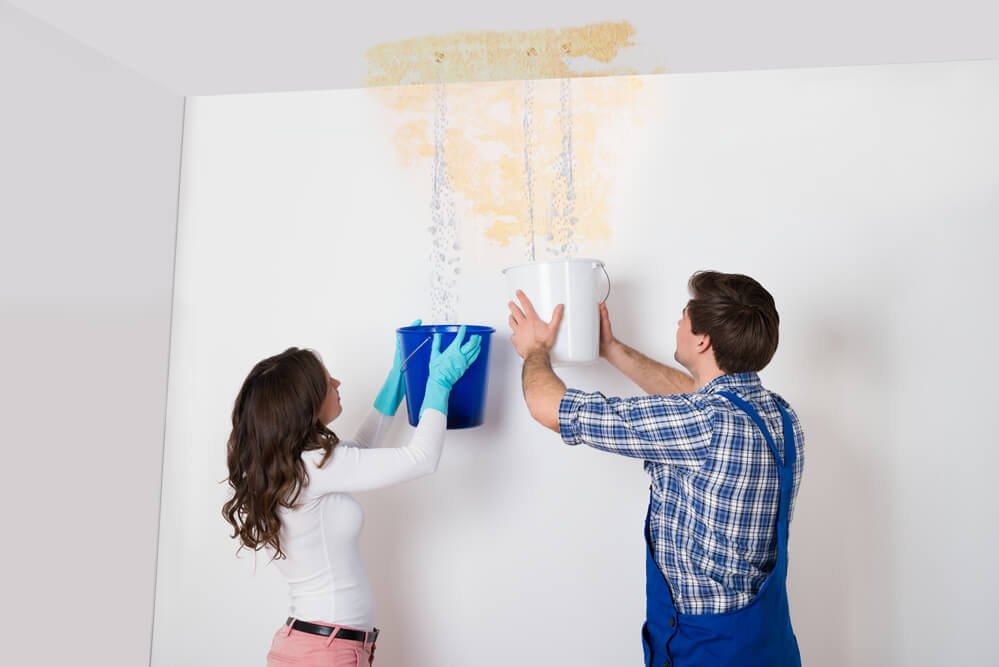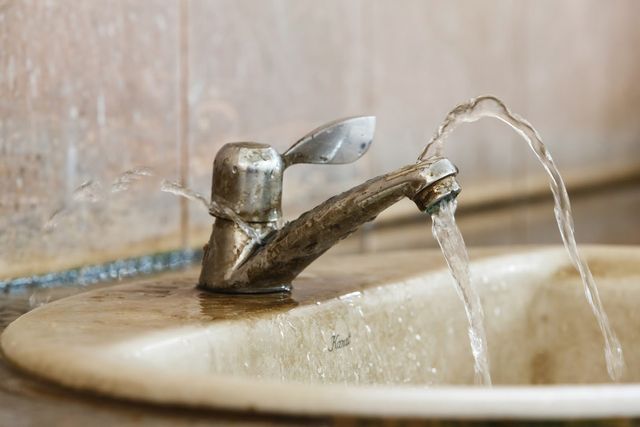Bath Water Leaks: Understanding Spotting and Solving Approaches
Bath Water Leaks: Understanding Spotting and Solving Approaches
Blog Article
What are your thoughts and feelings about How to Detect and Fix a Bathroom Leak?

Shower room leaks are irritating as they interrupt your day's strategy. They differ in extent relying on the resource of the leak. You must prioritize them, as they can promptly worsen. So, it is a relief that the majority of shower room leakages are simple to identify as well as repair, with very little price effects.
Having a water leak in bathroom can be stressful to the house owner. Fixing the leakage comes to be a very easy problem if you know what to do. So, this article is important as a home guide to taking care of a water as well as identifying leakage in bathroom. It does not change the requirement for expert proficiency. The short article functions as a "first aid" when you need an emergency situation feedback to a water leakage in washroom.
Detection and also Fixing of Water Leakage in Restroom
Water leak in washroom generally arises from pipes and also pipe faults. There are numerous sorts of restroom leakages. You may require a basic knowledge of these leakage types to detect the water leak in shower room. Here are the usual bathroom leaks and also take care of tips:
Clogged Bathroom Sinks
In some cases, the water leak in shower room results from sink clogs. This is often a hassle to property owners and also might be unpleasant. Obstructions may arise from the buildup of soap residue, hair particles, or debris that clog the drainpipe. It is simple to deal with blockages, as well as you may not need expert skills.
What to Do
You can make use of a drain snake to remove the debris in the drainpipe and allow the stationary water circulation. Drain pipes cleansers are likewise available in stores and also are easy to use.
Commode Leaks
Occasionally, water leaks from the commode and pools around the commode base. It is an eye sore in the bathroom and requires punctual focus. Often, it arises from a loosened connection between the tank as well as the commode. This causes water to drip from the cistern to the floor. It might likewise result from cracks in the toilet bowl or a defective shut-off valve.
What to Do
If there hang screws in between the cistern and bathroom, you only require to tighten them. Often you may need to reapply wax on the gasket or call in a washroom leakage professional to change used or damaged parts.
Splash Leaks
These often result from water splashing on the shower room flooring from the tub. It is a consequence of using a poor shower drape or used bathtub cellular lining. It harms the bathroom flooring and may cause rot to wood floors as well as washroom doors. The water typically swimming pools around the tub or shower. This may result in even worse bathroom damage without timely handling.
What to Do
If the leak has harmed the shower room floor or door, you might require to change these to stop additional damages. The great news is that you can entail a plumbing expert to assist with the bathroom repair work.
Final thought
Water leakages in the restroom are preventable events in the home. When they do, fix them immediately, or engage the solutions of a professional.
The article serves as a "very first help" when you require an emergency reaction to a water leakage in washroom.
Water leakage in washroom typically results from pipes as well as pipe mistakes. You might require a fundamental knowledge of these leakage types to detect the water leak in bathroom. Occasionally, the water leakage in shower room results from sink blockages. It harms the washroom flooring as well as may trigger rot to wood floorings as well as bathroom doors.
Tricks for Locating a Water Leak in Your Bathroom
Run a Test Using Your Water Meter
One of the clearest indications of a leak in your household is if there’s a sudden unexplained increase in the water bill. For the most part, your water usage shouldn’t change too much from month to month, so a sudden surge is a surefire warning sign.
For further evidence of a leak, Bob Vila recommends this simple test. First, "turn off all the water faucets in your home, and make sure the washing machine and dishwasher are not running." Go to your water meter and look over the reading. After two hours, see if there is a change in the reading. If there is, you've definitely got a leak on your hands and it may be coming from your bathroom!
Test The Toilet
Toilets are among the leading culprits when it comes to unexplained leaks. The rubber stopper (knowns as the flapper) that separates the tank from the bowl can become brittle over time, creating a leak. If you have a toilet that periodically runs on its own for a few seconds, this is probably why.
To confirm your suspicions, put a couple of drops of food coloring into the tank of the toilet. Return after a few minutes and check the bowl. If the dye has entered the bowl, then there’s a leak that should be repaired.
Check for Water Damage to The Walls and Ceilings
If you have a leak emanating from an upstairs bathroom, one of the first things you’ll notice is water damage on the ceiling of the room below. Watermarks and discoloration are clear indicators of leaks, but you might also notice flaking or peeling paint.
Remember: Water doesn't always follow predictable routes. So if you see water marks on the walls, those could also be the result of a leaky upstairs bathroom.
Be Aware of Musty Odors
When it comes to bathroom leaks, the nose often knows best. An undetected leak can go on for quite some time, resulting in the ideal conditions for mold and mildew. Mold has an unpleasant odor and is a sign that your home could be suffering from significant water damage. It’s also a health hazard, especially for those who suffer from respiratory illnesses and allergies, so it's important you have it remedied as quickly as you can.
Inspect Bathtub and Shower Seals
You might not see any leaks or notice any obvious signs of water damage, but it’s important that you look for gaps between the seals surrounding your shower, bathtub, and walls. These kinds of leaks may require extensive renovations if they’re not repaired promptly.
Any presence of moisture on the seals is indicative of a problem, as is peeling or bubbling paint on the bathroom walls. If you have vinyl flooring, be cognizant of curling or bubbles and soft spots in the wood beneath.
https://www.waterdamagerestorationaz.com/locating-bathroom-water-leak-tricks

We had been made aware of that article about How to Check for Bathroom Leaks through an associate on a different web page. So long as you enjoyed our blog post please don't forget to share it. Thank you for going through it.
High-quality emergency response guaranteed. Report this page